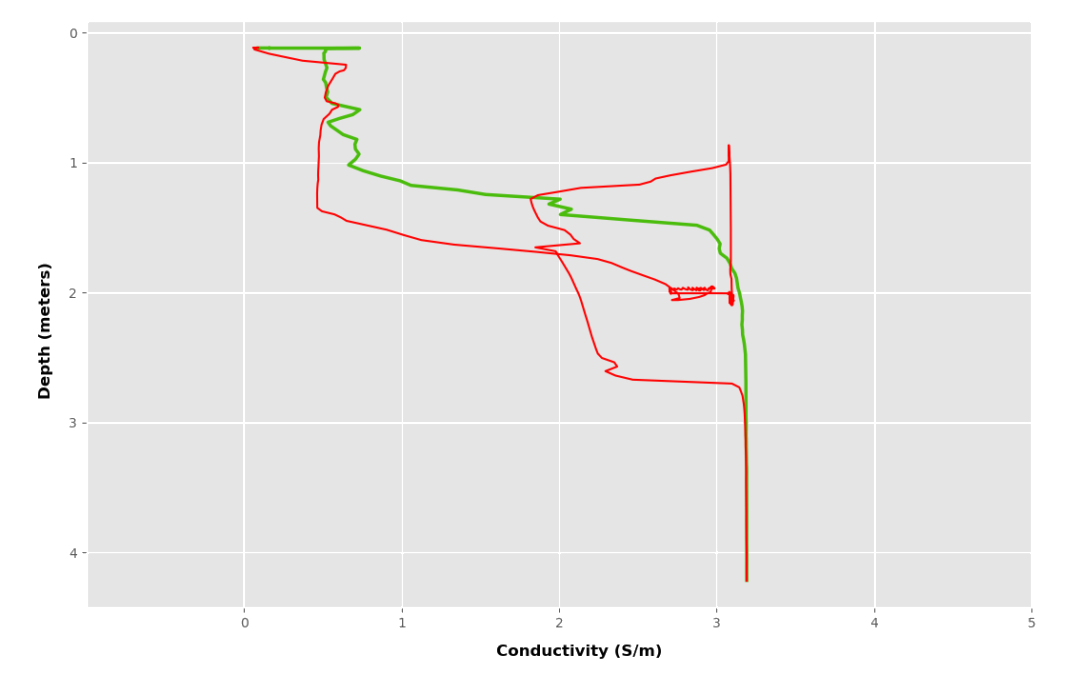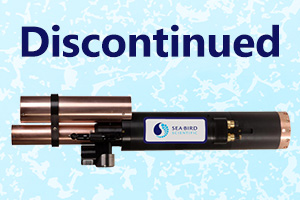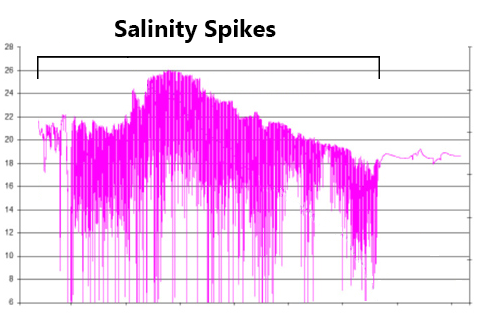The SBE 37 MicroCAT is a high-accuracy conductivity, temperature, and optional pressure recorder with an integrated Inductive Modem (IM) interface, internal batteries, memory, optional pump, and optional optical dissolved oxygen sensor. The MicroCAT is designed for long-duration deployments on moorings.










